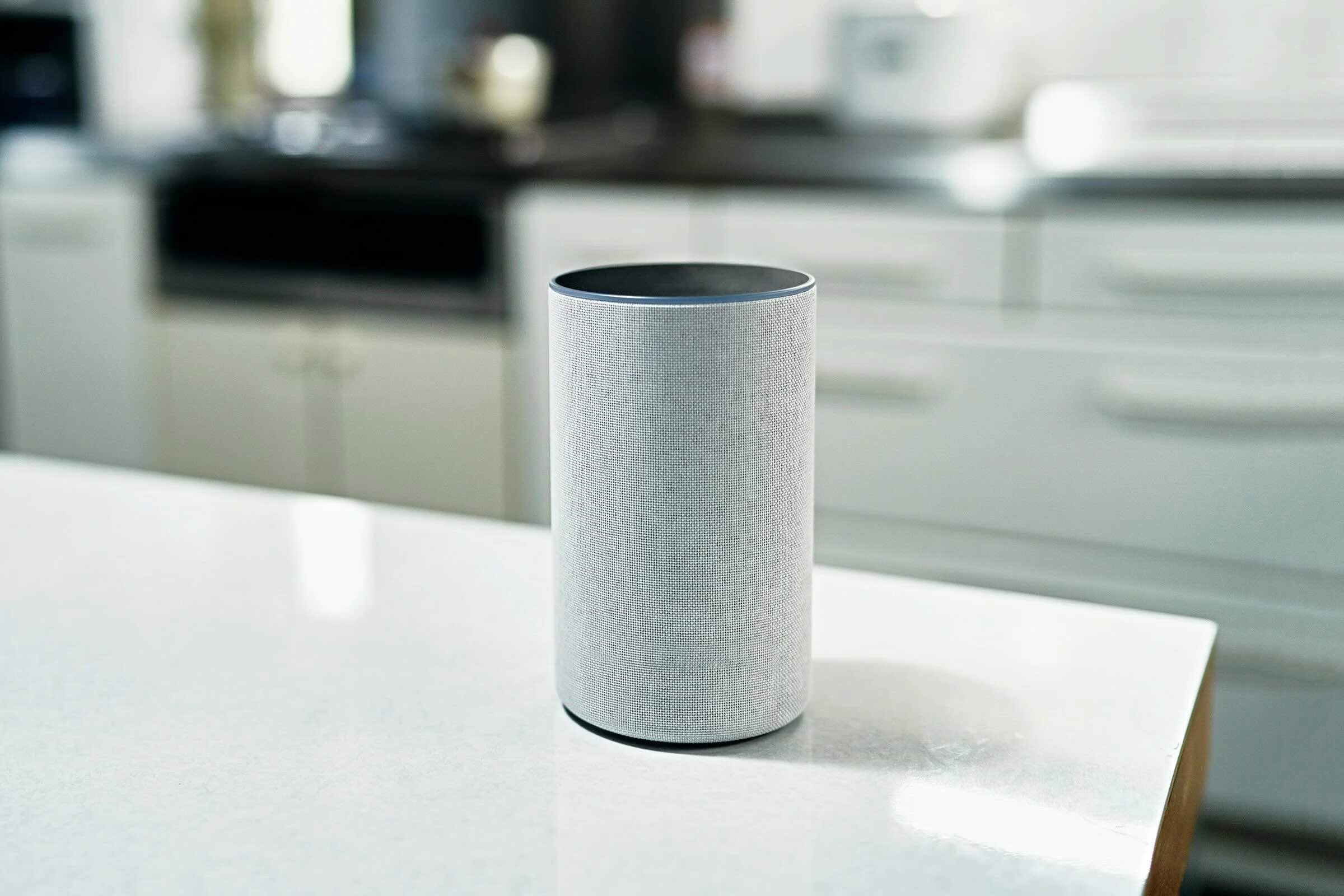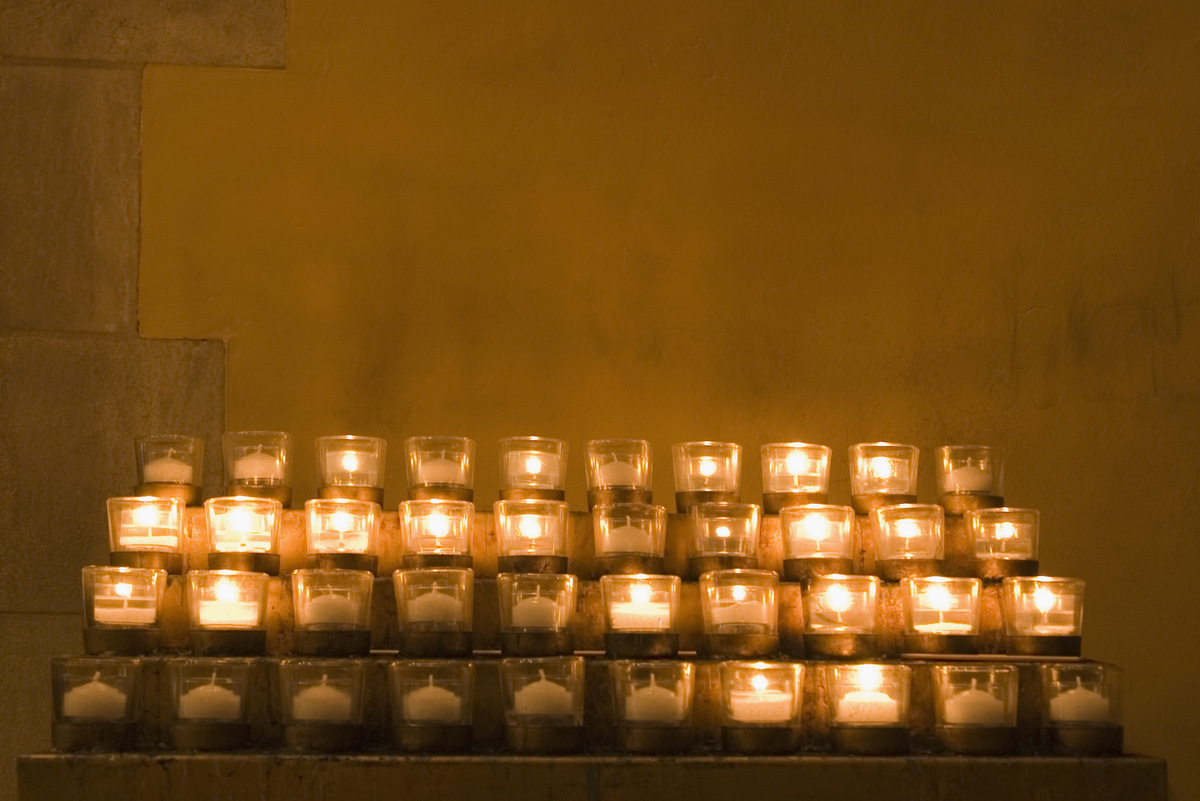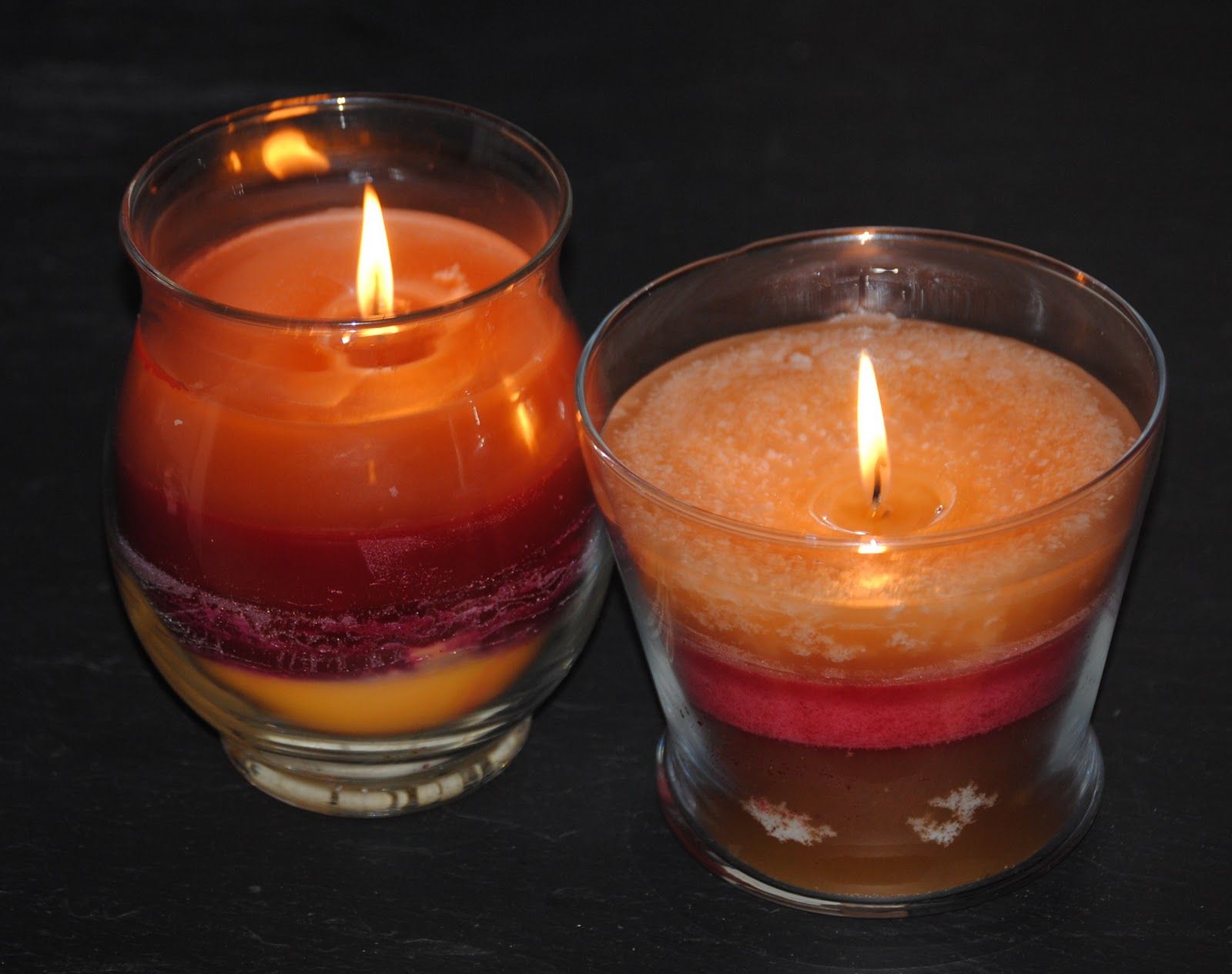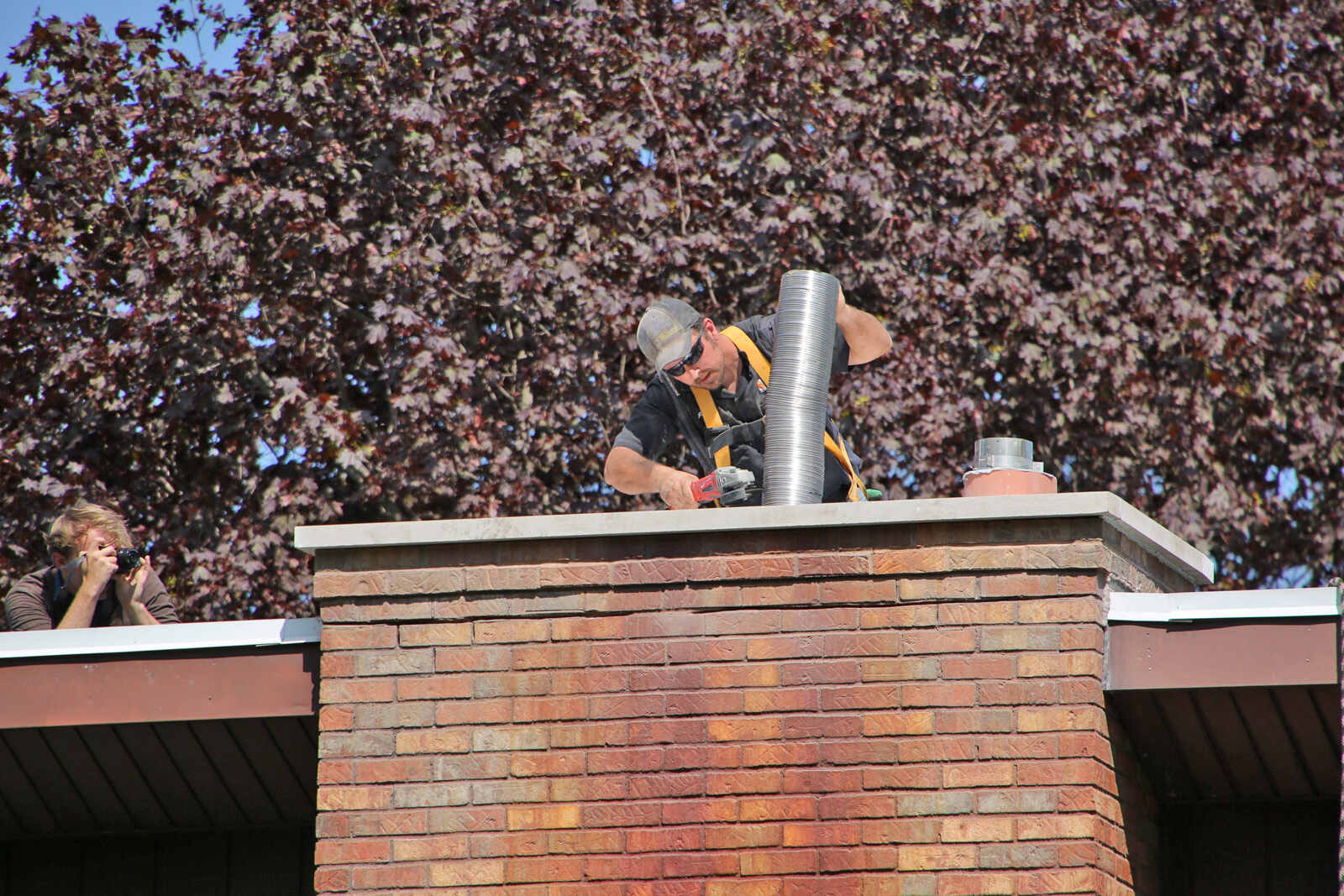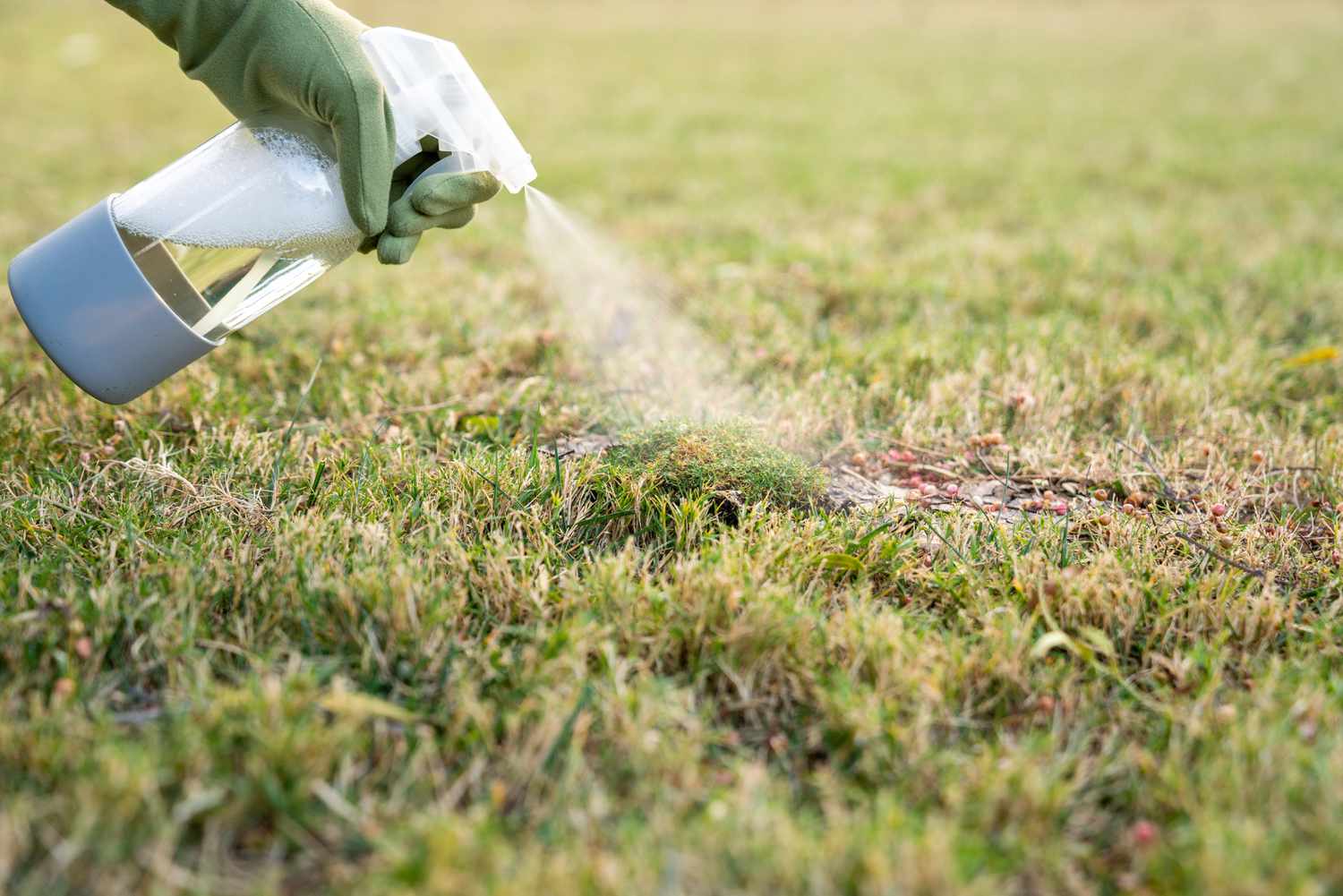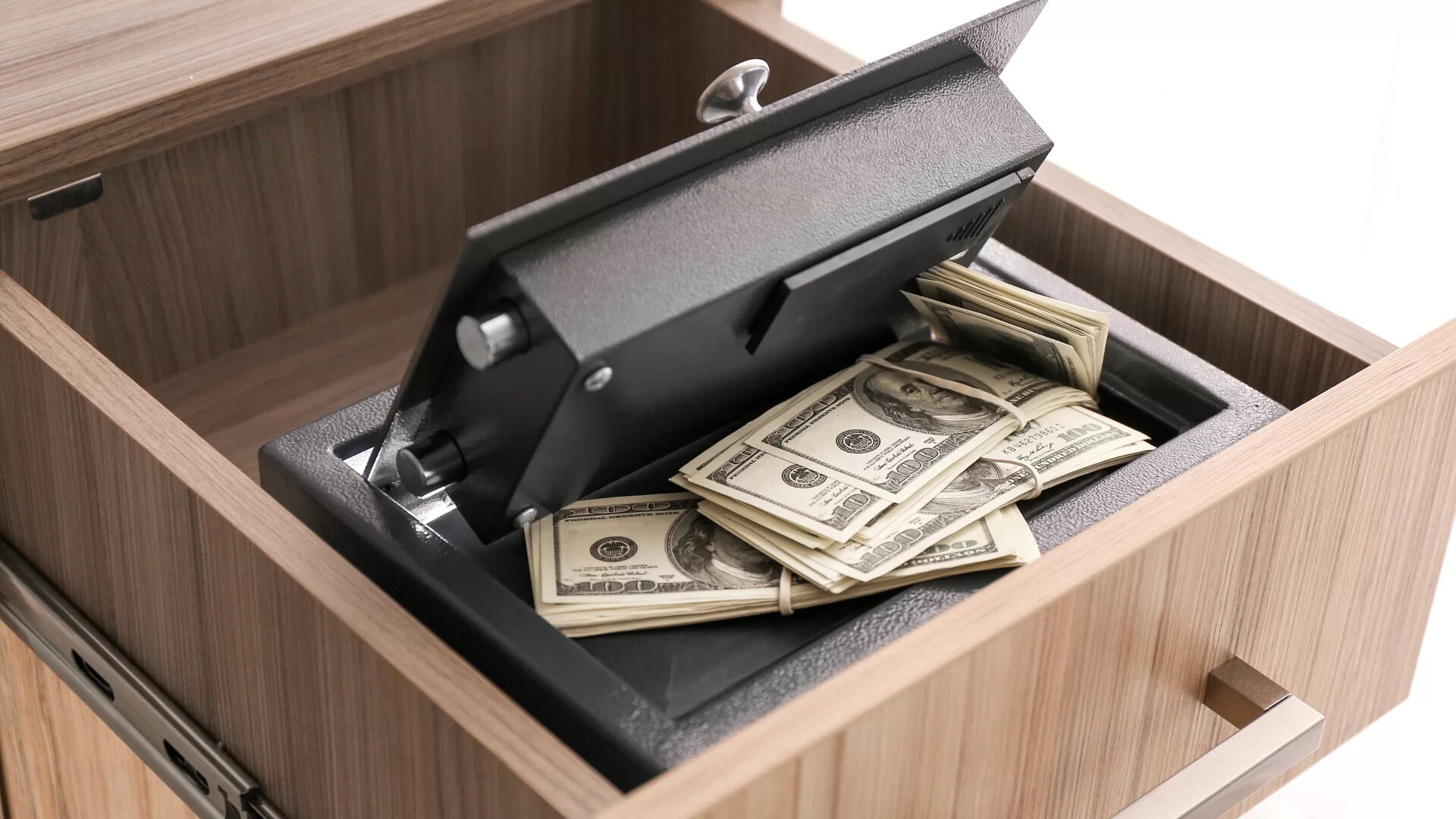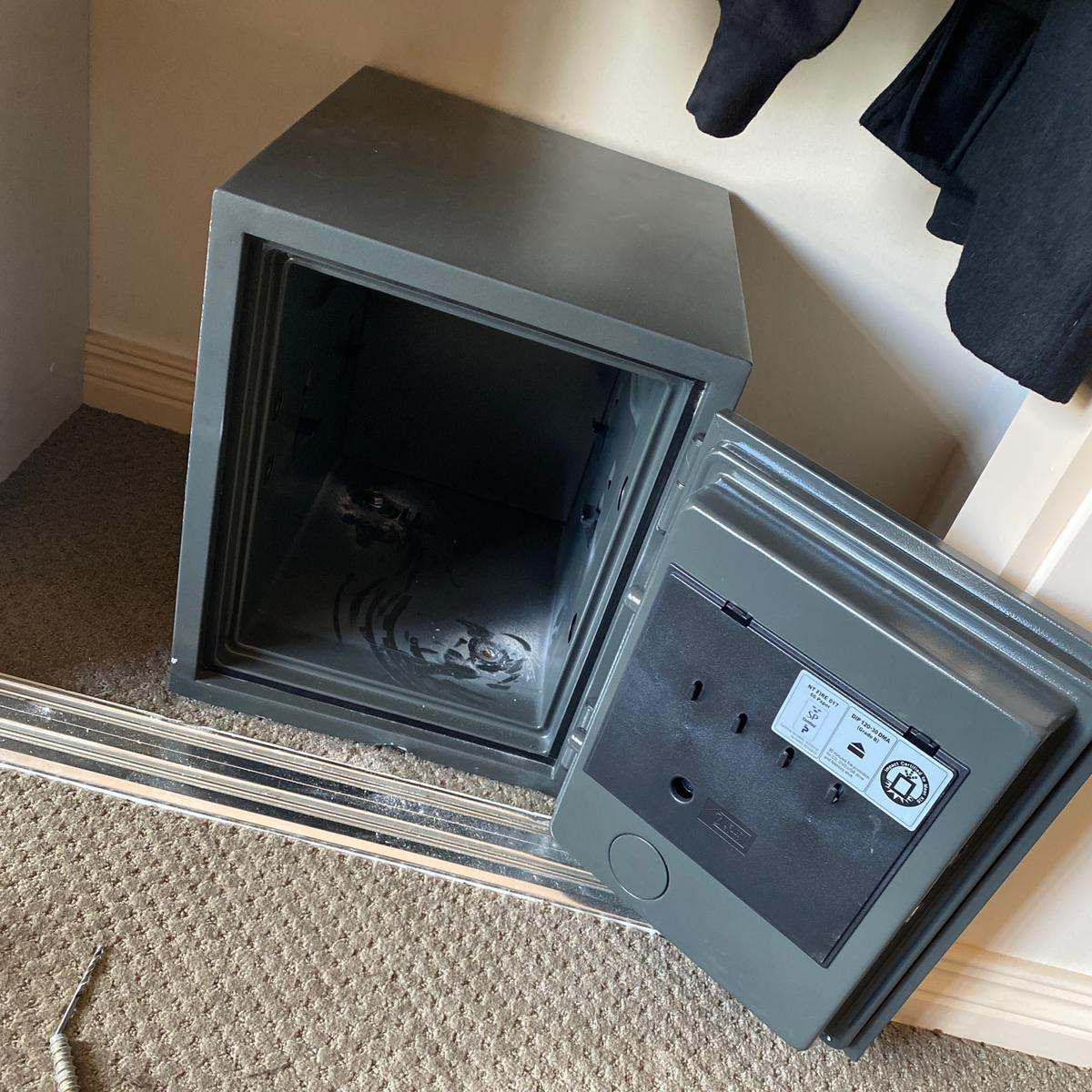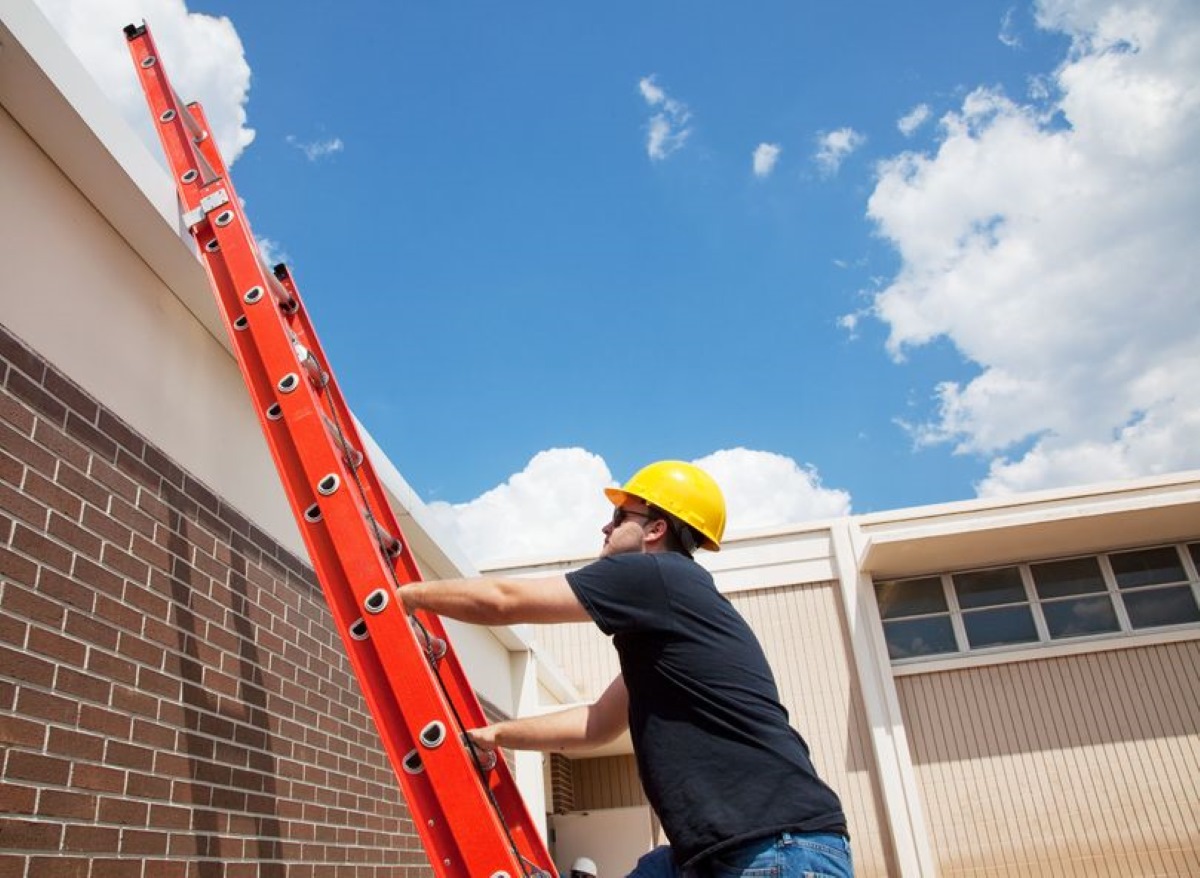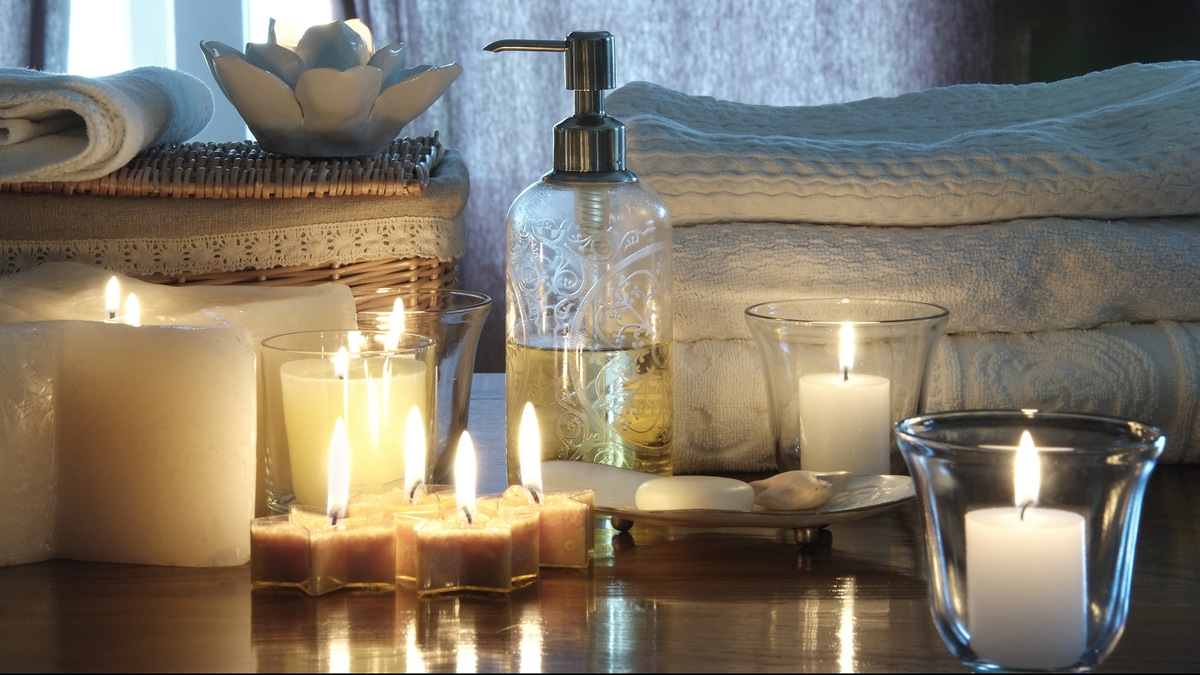

Articles
Which Candles Are Safe
Modified: January 9, 2024
Discover the safest candles for your home with our informative articles. Find expert tips and advice on choosing candles that promote a healthy and enjoyable environment.
(Many of the links in this article redirect to a specific reviewed product. Your purchase of these products through affiliate links helps to generate commission for Storables.com, at no extra cost. Learn more)
Introduction
Candles have been used for centuries to provide light, warmth, and even ambiance. They come in various shapes, sizes, and scents, making them a popular choice for both functional and decorative purposes. However, it’s essential to understand that while candles can be enjoyable, they also pose potential safety risks if not handled properly.
Ensuring candle safety is crucial to prevent accidents and protect your home from fire hazards. This article aims to shed light on the importance of candle safety and provide valuable information on how to assess the safety of different types of candles.
By understanding the factors that contribute to candle safety and following necessary precautions, you can enjoy the cozy atmosphere that candles create without compromising the well-being of yourself and your loved ones.
Key Takeaways:
- Prioritize candle safety to prevent accidents, protect your home, and ensure a healthier environment by understanding the importance of quality materials, proper labeling, and third-party certifications when selecting candles.
- Enjoy the soothing ambiance of candles while prioritizing safety by following precautions such as never leaving candles unattended, keeping them away from flammable objects, and conducting regular visual inspections and burning tests.
Read more: How To Safely Burn Candles
Importance of Candle Safety
Candle safety should never be taken lightly. Every year, countless accidents and fires occur due to improper use of candles. Understanding the importance of candle safety is crucial for protecting your home, ensuring the well-being of your family, and preserving the peaceful and relaxing atmosphere that candles can bring.
One of the primary reasons why candle safety is so vital is the risk of fire. When a candle is lit, it produces an open flame that can easily ignite nearby flammable objects, such as curtains, paper, or furniture. This can lead to devastating consequences, including property damage, injuries, and even fatalities.
In addition to fire hazards, candles can also pose a risk of burns. The hot wax and flame can cause severe burns if someone accidentally touches or knocks over a lit candle. This is especially true for children and pets who may not be aware of the potential danger.
Candles can also release harmful substances into the air when burned. Some candles, particularly those made from paraffin wax, can emit toxic chemicals such as benzene and toluene when burned. These chemicals have been linked to respiratory issues and other health problems. By prioritizing candle safety, you can minimize exposure to these harmful substances and ensure a healthier environment.
Furthermore, practicing candle safety promotes overall home safety. By implementing proper candle usage and storage measures, you reduce the risk of accidental fires and create a safer living space for everyone in your household. It is essential to be mindful of these risks and take the necessary precautions to prevent accidents and maintain a secure home environment.
Common Types of Candles
Candles come in a wide variety of types, each with its own unique characteristics and properties. Understanding the common types of candles available on the market can help you make informed decisions when it comes to selecting candles that align with your preferences and safety requirements.
Votive Candles
Votive candles are small, cylindrical candles often placed in a cup or holder. They are typically made from a combination of paraffin wax and stearic acid, which allows them to burn efficiently. Votive candles are popular for their versatility and are commonly used for decorative purposes.
Pillar Candles
Pillar candles are larger, freestanding candles that come in various shapes and sizes. They are designed to burn without needing a container or holder. Pillar candles are made from different types of wax, including beeswax, soy wax, or paraffin wax. They are commonly used for creating a focal point in home decor or for special occasions.
Read more: What Candles Are Safe For Cats
Taper Candles
Taper candles are long, slender candles that are wider at the base and taper towards the top. They can be placed in candle holders or candelabras and are often used for formal events or religious ceremonies. Taper candles are typically made from paraffin wax or beeswax.
Tealight Candles
Tealight candles are small, circular candles that come in metal cups. They are known for their versatility and are widely used in decorative displays, aromatherapy, and as a source of soft lighting. Tealight candles are typically made from paraffin wax or soy wax.
Scented Candles
Scented candles are candles infused with fragrances that release pleasant scents when burned. They can be made from various types of wax, and the fragrance is usually added through essential oils or fragrance oils. Scented candles are popular for creating a soothing and aromatic environment.
While these are some of the common types of candles, it’s essential to note that there are numerous other specialty candles available, such as container candles, floating candles, and novelty-shaped candles. Whichever type of candle you choose, it’s important to prioritize candle safety to prevent any accidents or hazards.
Assessing Candle Safety
When it comes to assessing candle safety, there are several factors to consider. By evaluating these factors, you can determine the overall safety of a candle and make an informed decision about whether it is suitable for use in your home.
Read more: What Candles Are Safe For Dogs
Quality of Materials
One of the key aspects of candle safety is the quality of the materials used. Opt for candles made from high-quality wax, such as soy wax or beeswax, as these tend to burn more cleanly and produce less soot and harmful emissions compared to paraffin wax candles.
In addition to the wax, consider the quality of the wick. Look for cotton or paper core wicks, as they are less likely to produce excessive smoke or pose a fire hazard. Avoid candles with metal-core wicks, as these can release toxic fumes when burned.
Stability and Design
Assessing the stability and design of a candle is important to prevent accidents. Ensure that the candle is stable and won’t easily tip over or fall from its holder. Avoid candles with excessive decoration or embellishments that could potentially catch fire.
For pillar candles, make sure they have a flat and sturdy base that can support them while burning. Taper candles should fit securely in their holders and stand upright without leaning or wobbling.
Proper Labeling
Check the labeling of the candle for important safety information. Look for candles that clearly indicate the type of wax used, any additives or fragrances, and the burning time. This information can help you assess the safety and suitability of the candle for your needs.
Also, ensure that the candle has a warning label with instructions on safe usage, such as maintaining a safe distance from flammable objects and never leaving the candle unattended.
Third-Party Certifications
Consider candles that have been certified by recognized third-party organizations, such as the ASTM International (American Society for Testing and Materials) or the Consumer Product Safety Commission. These certifications indicate that the candles have undergone rigorous testing to ensure their safety.
By assessing these factors, you can have a clearer understanding of a candle’s safety level and make an informed decision about the candles you choose to use in your home.
Read more: What Candles Are Safe For Wax Play
Factors to Consider
When it comes to candle safety, there are several important factors to consider. By taking these factors into account, you can ensure that you are using candles in a safe and responsible manner. Here are some key factors to consider:
Location
Consider the location where you plan to place your candles. Ensure that they are positioned in a stable and secure spot away from flammable objects, such as curtains, papers, or decorations. It’s best to place candles on heat-resistant surfaces, such as candle holders or trays, to prevent accidental fires.
Supervision
Never leave a burning candle unattended. Always extinguish the flame before leaving the room or going to bed. It’s essential to have a responsible adult present when candles are lit to ensure that they are monitored and extinguished safely.
Ventilation
Make sure there is proper ventilation in the room when burning candles. This will help dissipate any smoke or emissions and prevent potential respiratory issues. Avoid burning candles in small, confined spaces without adequate airflow.
Read more: Which Candles Are Non Toxic
Burning Time
Be mindful of the recommended burning time for candles. Burning a candle for excessive periods can lead to overheating, which can create a fire hazard. It’s best to follow the manufacturer’s instructions regarding the optimal burning time for the specific type of candle you are using.
Keep out of Reach
Keep candles out of the reach of children and pets. Curious hands and paws can accidentally knock over a lit candle, leading to potential accidents. Place candles in areas that are inaccessible to children and pets to ensure their safety.
Fire Safety Precautions
Have fire safety measures in place in case of emergency. Keep a fire extinguisher nearby and familiarize yourself with how to use it. Additionally, consider having smoke detectors and fire alarms installed in your home for early detection of any potential fire hazards.
By considering these factors, you can create a safer environment when using candles and reduce the risk of accidents or fire hazards.
Testing Candle Safety
Ensuring the safety of the candles you use in your home is essential. While there are no standardized tests for candle safety, there are several steps you can take to assess the safety of candles before using them. Here are some testing methods you can employ:
Visual Inspection
Start by conducting a visual inspection of the candle. Look for any signs of damage, such as cracks, chips, or discoloration in the wax or wick. Avoid using candles that show signs of structural integrity compromise, as they may pose a higher risk of accidents or fire hazards.
Burning Test
A burning test can provide insights into the safety of a candle. Before lighting the candle, ensure it is placed in a stable holder or on a heat-resistant surface. Observe how the candle burns, noting the flame size, stability, and smoke production.
An ideal candle should have a steady and controlled flame, without excessive flickering or sputtering. It should not produce excessive smoke or soot. If the flame is too large or behaves erratically, it may indicate a safety issue, and you should consider discontinuing use.
Burning Time and Residue
Pay attention to how long the candle burns and any residue it leaves behind. Ideally, a candle should burn evenly without tunneling or excessive wax residue on the sides of the container.
If the candle consistently burns unevenly or leaves behind excess residue, it may be an indication of poor quality or potential safety concerns. In such cases, it’s best to discontinue use and explore safer alternatives.
It’s important to conduct regular fire safety checks to ensure that your candles are being used safely. This includes making sure that candles are placed a safe distance away from flammable objects, keeping an eye on the candle flame, and having fire extinguishing equipment readily available.
While these testing methods provide a general assessment of candle safety, it’s important to note that they do not guarantee complete safety. It’s essential to exercise caution and follow proper candle usage guidelines to minimize the risk of accidents or fire hazards.
Candle Safety Precautions
Practicing candle safety is vital to protect your home and ensure the well-being of yourself and your loved ones. By following these candle safety precautions, you can enjoy the warmth and ambiance of candles while minimizing the risks associated with their use:
Never Leave Candles Unattended
Always extinguish candles before leaving a room or going to bed. Unattended candles can easily be knocked over or come into contact with flammable objects, leading to fires. Make it a habit to blow out candles whenever you leave the room, even if it’s just for a few moments.
Read more: Which Way Do You Light The Hanukkah Candles
Keep Candles Away from Flammable Objects
Ensure that candles are placed at a safe distance from flammable objects such as curtains, paper, or decorations. Keep them at least 12 inches away from anything that can catch fire. Be particularly cautious with floating candles, as they can easily drift towards flammable materials.
Use Stable Candle Holders
Always use stable and non-flammable candle holders or trays to hold your candles. Avoid using flimsy or unstable holders that can easily tip over. Ensure that the candles are securely positioned in their holders to prevent them from falling or leaning.
Trim the Wick
Before lighting a candle, make sure to trim the wick to approximately ¼ inch. A long or misshapen wick can lead to uneven burning, excessive smoke, or formation of black soot. Trimming the wick helps promote a steady flame and prevents potential safety issues.
Place Candles in Well-Ventilated Areas
Ensure that there is adequate ventilation in the room when burning candles. Good airflow helps disperse any smoke or emissions. Avoid burning candles in small, confined spaces without proper ventilation, as it can increase the risk of respiratory issues.
Read more: What Size Candles For Candle Holders
Keep Candles Out of Reach
Keep candles out of the reach of children and pets. Candles can pose a significant hazard if they are accidentally knocked over or touched by curious hands or paws. Place candles in areas that are inaccessible to children and pets to avoid potential accidents.
Use Candle Snuffers
Invest in a candle snuffer to extinguish candles instead of blowing them out. Snuffers help prevent hot wax or sparks from splattering and reduce the risk of accidentally knocking the candle over. They also minimize the chances of creating drafts and potentially igniting nearby objects.
Store Candles Properly
When not in use, store candles in a cool and dry place away from direct sunlight. Avoid exposing them to extreme temperatures, as this can affect the integrity of the wax. Proper storage helps maintain the quality of the candles and extends their lifespan.
By following these candle safety precautions, you can enjoy the beauty and tranquility that candles bring while prioritizing the safety of your home and loved ones.
Conclusion
Candles have long been a source of light, warmth, and relaxation. However, it’s essential to prioritize candle safety to prevent accidents and protect your home and loved ones from potential hazards. By understanding the importance of candle safety and implementing the necessary precautions, you can enjoy the soothing ambiance that candles create while ensuring the well-being of everyone around you.
Throughout this article, we have explored various aspects of candle safety, including assessing the safety of different types of candles, factors to consider when using candles, testing candle safety, and essential precautions to follow. By evaluating the quality of materials, stability, and proper labeling of candles, you can make informed decisions about the candles you choose for your home.
Remember that location, supervision, ventilation, and fire safety precautions play crucial roles in ensuring candle safety. Keep candles away from flammable objects, never leave them unattended, and always use stable candle holders. Trim the wick, place candles in well-ventilated areas, and store them properly when not in use.
Regularly inspect and test candles for any signs of damage or safety concerns. Conduct visual inspections, observe how candles burn, and pay attention to burning time and residue. By being proactive and vigilant in implementing safety measures, you can minimize the risks associated with candle use.
Candle safety is a responsibility that should never be taken lightly. By being aware of the potential risks, practicing caution, and following the suggested precautions, you can create a safe and inviting environment in your home. So, go ahead, light up those candles, and enjoy the cozy and serene atmosphere they bring, knowing that you are prioritizing the well-being of yourself and your loved ones.
Frequently Asked Questions about Which Candles Are Safe
Was this page helpful?
At Storables.com, we guarantee accurate and reliable information. Our content, validated by Expert Board Contributors, is crafted following stringent Editorial Policies. We're committed to providing you with well-researched, expert-backed insights for all your informational needs.
